[ensafe_login_logout]
[ensafe_login_logout]




























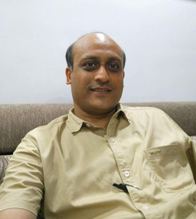
ensafe is working with us since 2012. We have performed several projects together like Monitoring & sampling of Daman & Silvassa ground water monitoring for Health Department of cluster. ensafe has good team of monitoring which will perform well in stress and give desired results within time. Presently we are working on a project of Occupational Health Study of NTPC, Ramagundam. The project is going on track and I am sure we will give the deliverables within time

ensafe has provided us the total solution for Environmental problems in our company. I found it difficult to find the solution but ensafe solve all our queries by providing us Techno-legal Services like No Objection Certificate (NOC)/Consent to Operate (CTO/CCA). ensafe also provided Effluent Treatment Plant (ETP) of 300 KLD with ZLD facility. I am totally satisfied with their services.
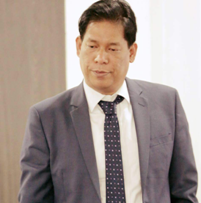
ensafe had awarded our Preliminary Survey for Energy Efficiency in Surat Textile Cluster project. ensafe performed the job with acceptable data and their report presentation was also up to the mark. ensafe will get the future projects of detailed study as well. All the best to ensafe for the future.

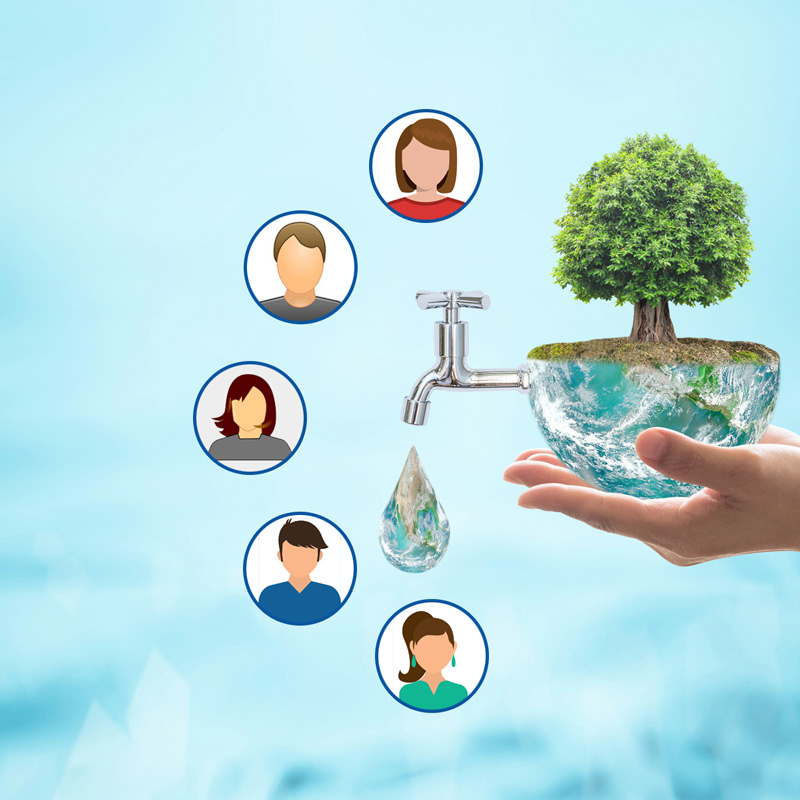
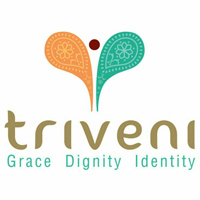

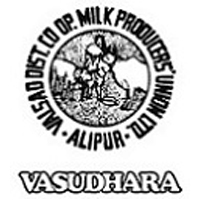
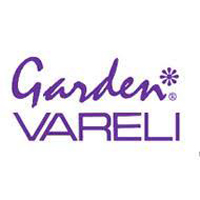
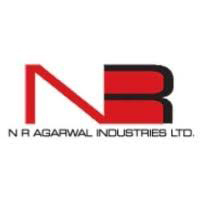

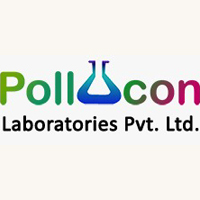
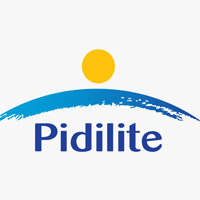

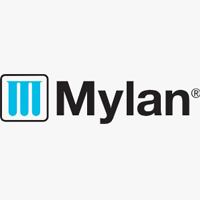

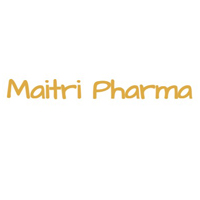
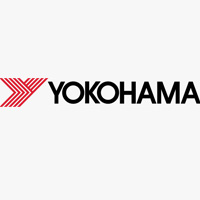

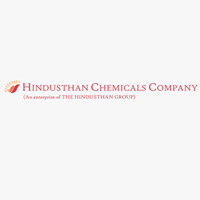


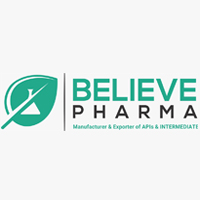
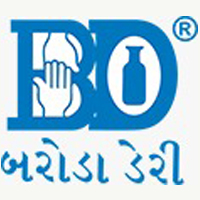
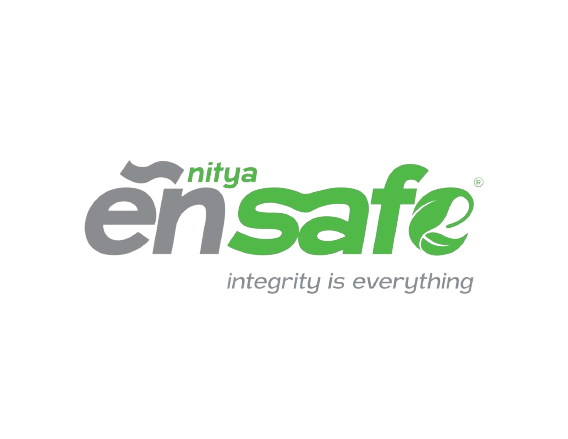
Thought of founding the firm came in 2011 and established in 2014 with associates and technocrats of Environmental Engineering field.
Copyright © 2024 Nitya Ensafe. All Rights Reserved.